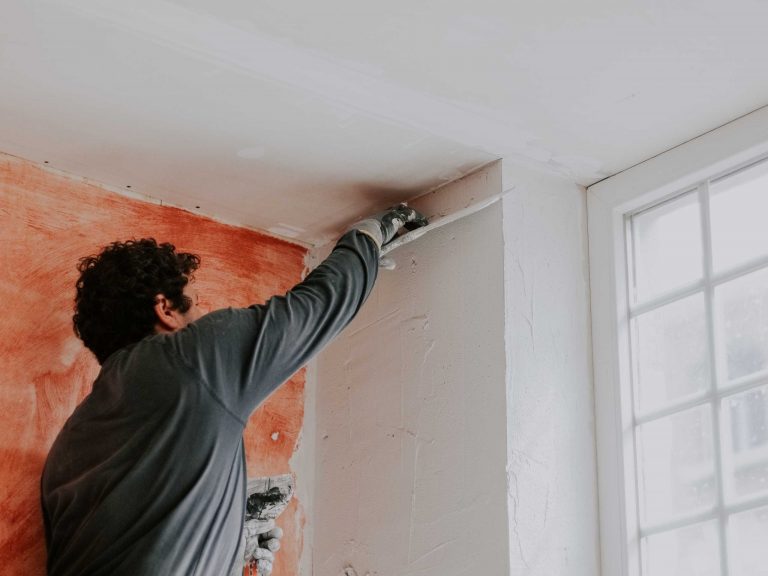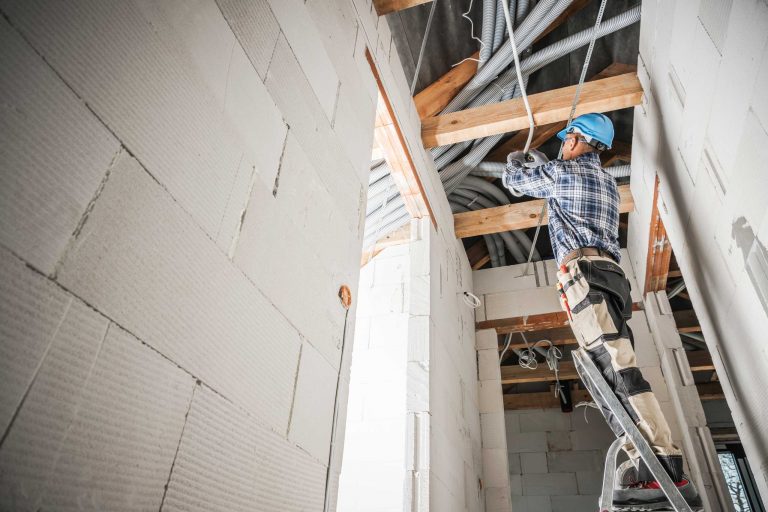A high-quality drywall installation begins long before the first screw enters the board. The workflow is a sequence of coordinated actions that determine how efficient, accurate, and stable the final result will be. For learners entering this craft, mastering this sequence is as important as practicing individual skills. A structured workflow makes installation predictable and reduces errors even in complex environments.
The initial phase always involves planning the layout. Measuring the room, marking the studs, and identifying obstacles help form a realistic mounting strategy. Students are taught to break large surfaces into manageable segments and visualize how panels will fit together. This approach prevents unnecessary cutting and aligns seams in a way that simplifies finishing.
The Preparation Stage
Preparation is the backbone of all drywall tasks. Without it, even skilled hands struggle to achieve clean and consistent results. Learners develop habits that support their performance in real projects.
Core preparation steps include:
- Clearing debris to ensure safe footing and stable tool use.
- Checking the framing for level, alignment, and defects.
- Marking stud locations clearly to speed up fastening.
- Organizing tools and boards for smooth, uninterrupted movement.
Having the site ready reduces stress and transforms the installation into a controlled, methodical process.
Precision Through Measurement
Accurate measurement defines the quality of the installation. Students are encouraged to measure twice, cut once, and maintain strict control over marking points. The course teaches how to accommodate irregularities, such as uneven ceilings or slight variations in framing spacing.
Key measurement practices include:
- Using a T-square to maintain straight scoring lines.
- Marking openings for outlets and switches with millimeter alignment.
- Accounting for joint spacing to allow proper mud adhesion.
- Adjusting cuts for corners, slopes, and curved elements when needed.
With consistent practice, measurement becomes second nature, allowing the learner to focus on technique rather than corrections.
Mounting With Consistency
Mounting drywall boards is a rhythmic process built on repetition, focus, and body alignment. Students learn to lift, position, and secure panels efficiently, avoiding common mistakes such as over-driving screws or leaving uneven edges. Hands-on repetition builds muscle memory and improves stamina.
Reliable mounting practices include:
- Starting from the top or from the most stable section of the wall.
- Securing each board with even fastener spacing.
- Checking alignment after every few screws.
- Keeping seams tight but not compressed.
These habits form the basis of professional-level installation.
Review and Adjustment
Even a well-executed installation requires final review. Small adjustments can improve seam alignment, eliminate minor gaps, or fix screw depth inconsistencies. Students are taught to evaluate their work with a critical eye, looking for opportunities to refine before moving on to finishing.
This review stage solidifies the workflow as a complete loop: planning, preparation, measurement, mounting, and adjustment. Understanding this continuity gives learners the confidence to approach any installation task with a clear, repeatable system.



